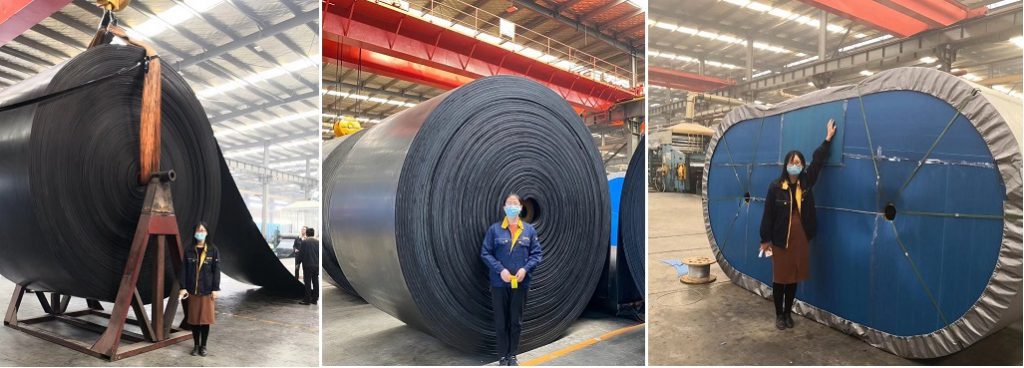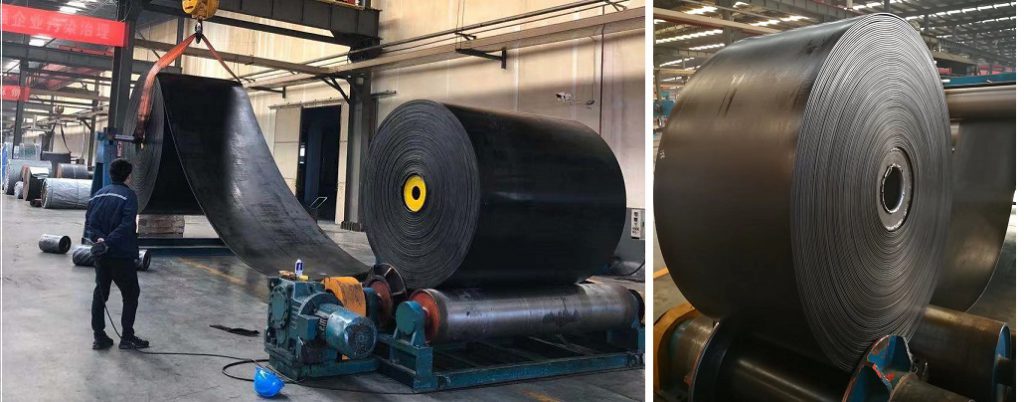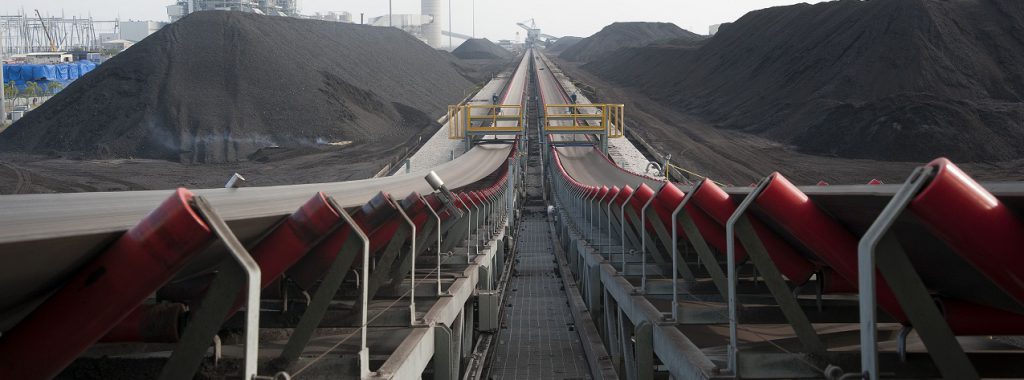How to solve the wear between the conveyor belt and the feeding port


When the conveyor belt is in use, it will rub against the roller and the feeding port of the conveyor, so that it will wear and thin during long-term use, which will shorten the service life of the conveyor belt. Below SUNGDA analyzes how to solve the friction between the feeding port and the conveyor belt.

One, the cause of friction between the feeding port and the conveyor belt
1. The material has an impact on the conveyor when feeding, especially when the angle between the material and the direction of the conveyor belt is greater than or equal to 90°, it will cause strong wear on the conveyor belt;
2. In order to prevent the material from being scattered, the contact between the guide plate and the conveyor belt is too tight, causing the conveyor belt to wear;
3. Long hard objects in the material are stuck in the feeding port, and the conveyor belt is worn or scratched.
2. Maintenance measures to prevent friction between the feeding port and the conveyor belt
In order to minimize the wear of the feed port conveyor belt, the structure design of the feed port should meet the following conditions:
1. Feeding and conveyor belts run in the same direction. During the feeding process, the materials move at almost the same speed as the conveyor belt;
2, the equivalent free fall height of the material falling on the conveyor belt is less than 1m, so that the impact force on the conveyor belt is as small as possible;
3. Install a bar screen in the feeding chute that can make the fine material fall on the conveyor belt first and provide bedding for the bulk material;
4. Reasonably designed chute and guide chute to make the material continuously fall to the center of the conveyor belt;
5. The width of the baffle of the guide trough is getting narrower and narrower along the running direction of the conveyor belt. In addition, the guide trough should extend until the speed of the material reaches the belt speed;
6. The feeding section is kept level, or the slope is not more than 8°, and the feeding section is equipped with buffer rollers or trough-shaped rollers are arranged densely.






Tags: feed port,Rubber conveyor belt







